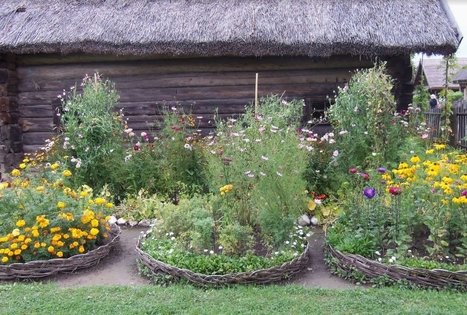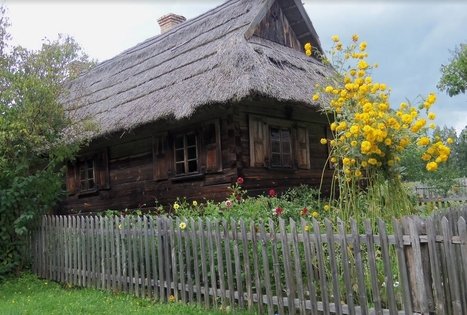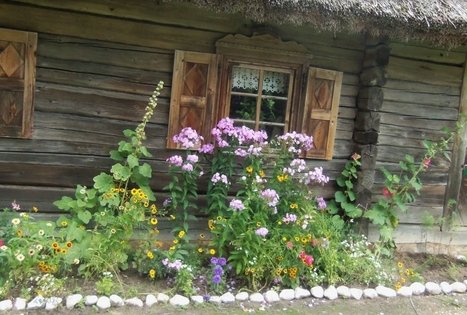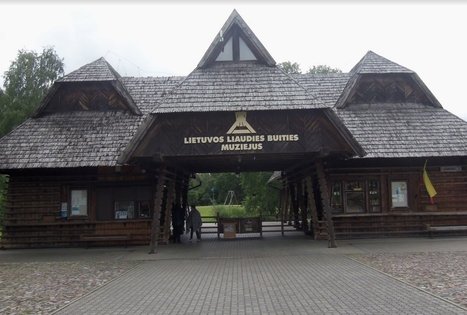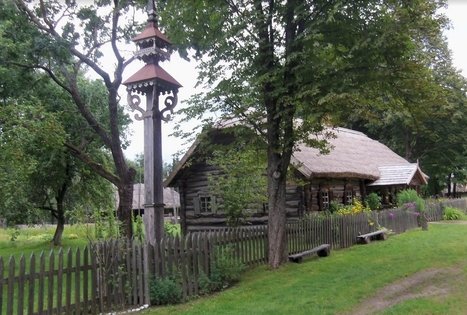Heritage Garden:
The museum was founded in 1966 and opened for visitors in 1974. It is one of the largest (194 ha) and most abundant (91,420 exhibits) open-air ethnographic museums in Europe. The exposition is made up of individual farms, homesteads, villages and a town, which showcase the old architecture, culture, way of life, and garden plants of the Lithuanian ethnographic regions. At the Aukštaitija and Žemaitija homesteads, you can see unique apple varieties - ‘Suislepp’, ‘Rudens dryžuotasis’ (‘Autumn Streaked’), ‘Popierinis’ (‘White Transparent’), ‘Lietuvos cukrinis’ (‘Lithuanian Sugar’) that have been traditionally grown since ancient times and even taste their fruits. The flower gardens at the museum homesteads are made up of plants that are traditional and specific to the particular region. At most of the homesteads, vegetables and medicinal and ornamental plants are grown side by side. The Aukštaitija village features the ‘fragrant garden’, where you can become acquainted with the medicinal and culinary herbs grown at Lithuanian homesteads as well as their medicinal properties.

